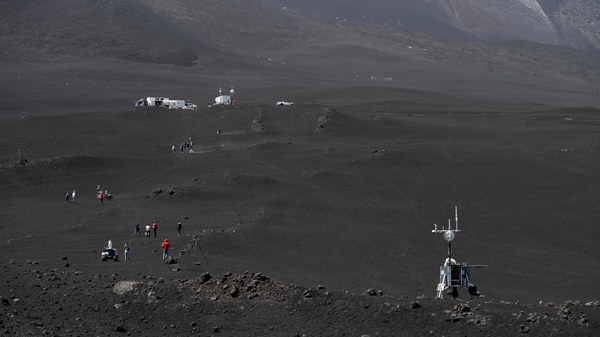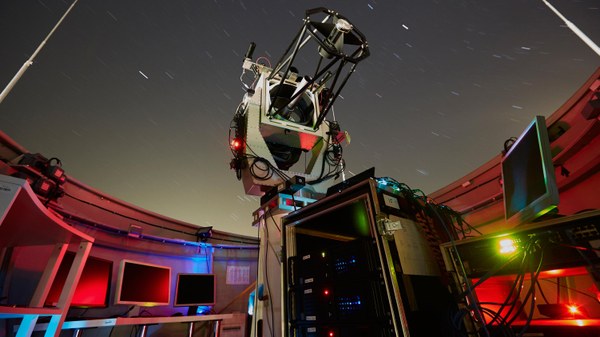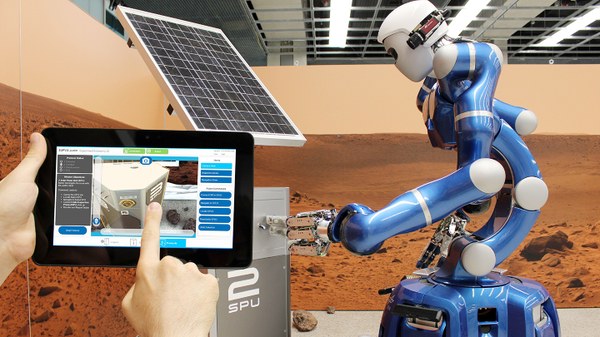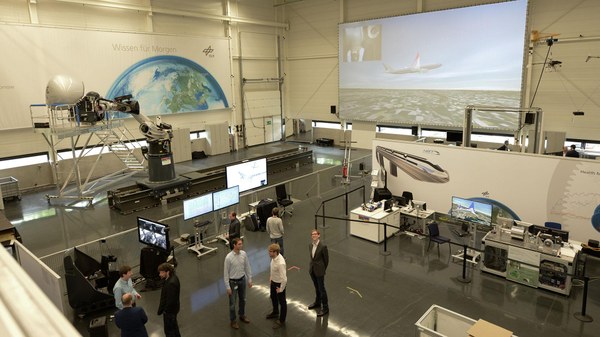Robotics mission ARCHES
Autonomous robotic networks – creating the technical basis for these is the goal of the Helmholtz ARCHES (Autonomous Robotic Networks to Help Modern Societies) project, in which the German Aerospace Center (Deutsches Zentrum für Luft- und Raumfahrt; DLR) is participating. The focus is on environmental monitoring of the oceans, exploration of the Solar System and crisis intervention in places where it would be too dangerous for humans to work. This may be the case, for example, in the dismantling of nuclear power plants or in the inspection of damaged buildings after a disaster.
Other possible areas of application can be found wherever direct intervention of the robots as an extension of a human would make sense. Collaborative mobile robotic systems will prove ideal for autonomous road and rail traffic, especially in the planning of demand-based public transport in inner-city areas or making deliveries to shops. In addition, networked robotic assistants can provide valuable services in the medical or therapeutic care of older people or persons with restricted mobility.
What must autonomous mobile robots be able to do?
All of the aforementioned areas of application place the highest demands on robustness and reliability. Both on the ground and in the air – whether as a rover or a drone – mobile robotic systems must be able to comprehend their surroundings over a large area as precisely as possible and find suitable routes on that basis. In doing so, they also have to ensure that their energy supply is adequate. Another requirement is that they have to be able to manipulate objects, which means collecting samples and examining them on site. Finally, they have to be able to exchange the data they have acquired with one another and communicate with the mission control centre. The ARCHES project tests all of this in two scenarios. From 13 June to 9 July 2022, the first demonstration mission on the topic of 'Space' will be carried out on the Sicilian volcano Etna, in an environment that resembles the surface of the Moon in terms of soil composition.
DLR and the Karlsruhe Institute of Technology (KIT) are working together on the space-analogue mission as part of the ARCHES project. The European Space Agency ESA is also a partner in this project. DLR is also involved in the second part of the project, a deep-sea-analogue mission, directed by the Helmholtz centres for Polar and Marine Research (Alfred Wegener Institute, AWI) and for Ocean Research (GEOMAR). Their findings will be communicated to all partners, with plans to make them usable independently of the respective deployment scenarios. This applies both to the hardware and the joint analysis and interpretation of data by the network’s robots and their interaction with humans.
News
Multimedia
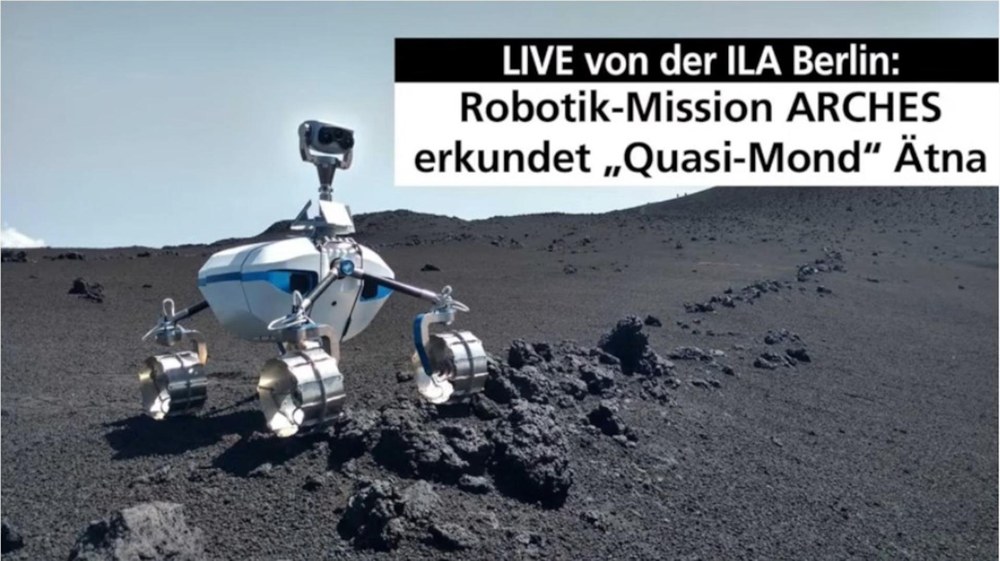
Your consent to the storage of data ('cookies') is required for the playback of this video on Youtube.com. You can view and change your current data storage settings at any time under privacy.



